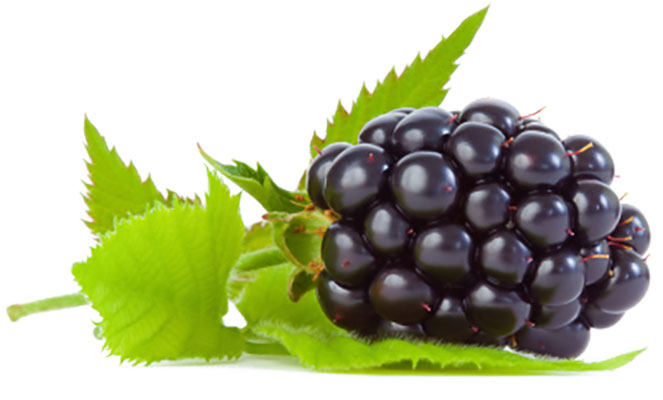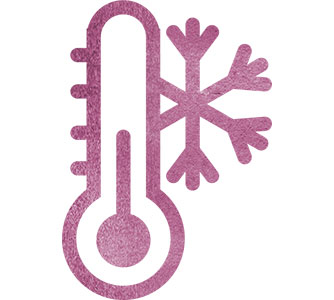New Zealand
boysenberry
check out our video and see the difference that BerriQi™ can make to your life
How can Boysenberries help people who live in polluted cities?
For people living in urban environments where pollution is a threat to respiratory health, two applications have been identified:
• Prevention of changes in lung tissue
• Treatment of existing lung tissue damage
Inflammation State

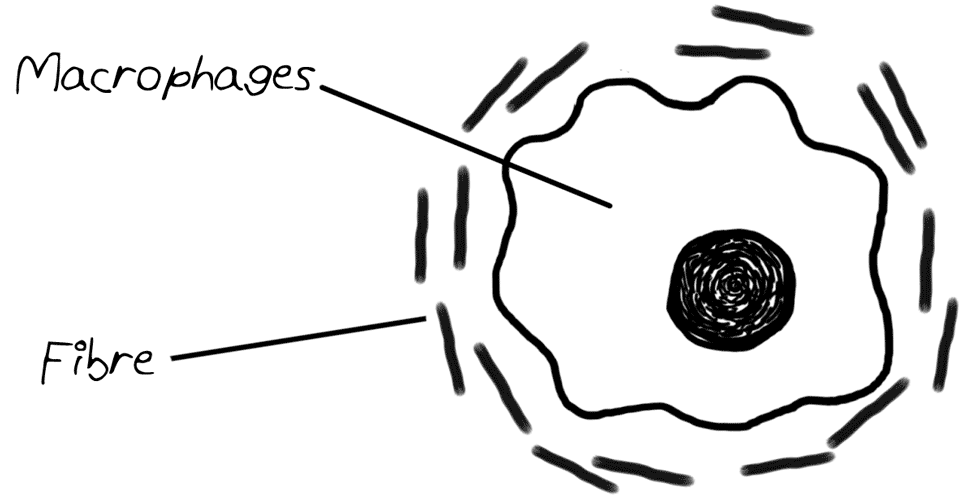
After BerriQi™

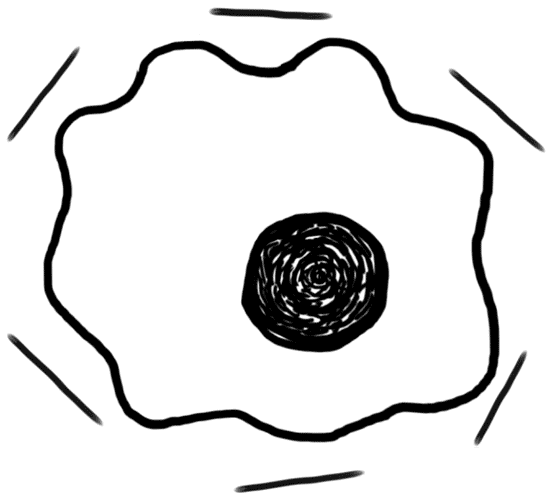
The Health Benefits of boysenberries
Berries are widely recognised as valuable functional foods. Often called superfoods, they are high in vitamin C, fibre and antioxidants. In recent times, one berry has been singled out as a ‘super berry’ in the berry family – Boysenberry.
Derived by crossing the flowers of raspberry, loganberry and blackberry, the Boysenberry was discovered around 80 years ago by Rudolf Boysen, a Swedish immigrant living in California.
What makes the boysenberry a super berry?
Deep purple and delicious, Boysenberries offer:
• Almost twice the antioxidant power of blueberry
• Strong anti-inflammatory properties
• High amounts of polyphenols – anthocyanins, ellagic acid and ellagitannins
• High levels of vitamin C

Why are New Zealand boysenberries better?
The global production of Boysenberry is approximately 1,600 tons per year. First planted in the late 1930s, Boysenberry vines flourish in New Zealand’s exceptional growing conditions and today, New Zealand is the largest producer of Boysenberries in the world. New Zealand Boysenberries are grown in Nelson region as it has a temperate oceanic climate, with mild winters and warm summers. It is the sunniest region of New Zealand averaging an annual total of 2400 hours of sunshine.
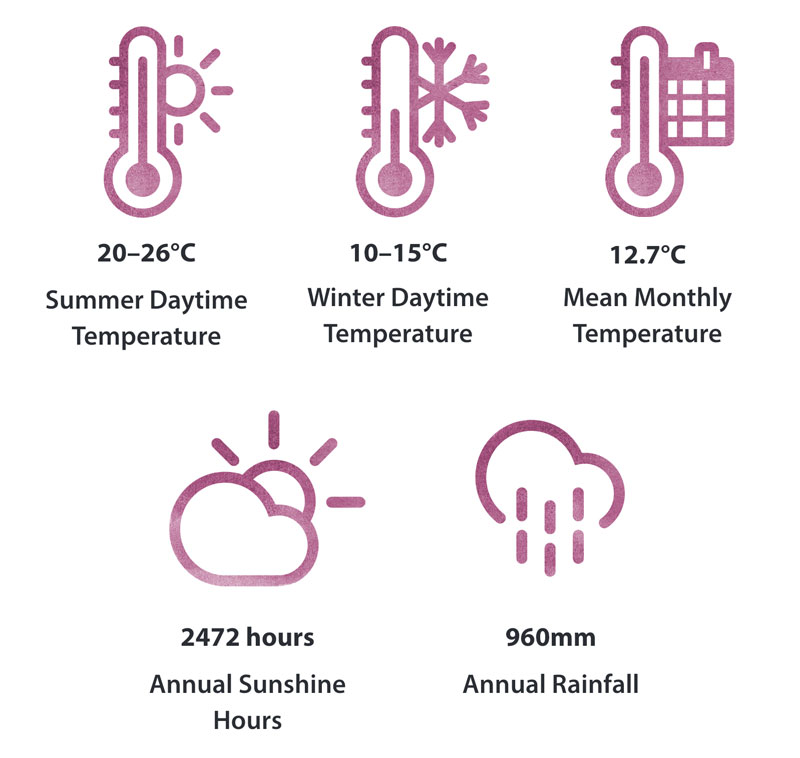
Not only does New Zealand have clean air and water, ample sunshine and rich soil, it also has higher UV levels than other countries at similar latitudes. Ultraviolet intensities in the New Zealand summer are at least 37% higher than similar latitudes in the northern hemisphere.
More UV in the sunlight translates to more polyphenols in the plant’s leaves and fruit. Polyphenols have antioxidant properties, so a New Zealand-grown Boysenberry has higher antioxidant levels than a Boysenberry grown elsewhere.
BerriQi™ was born from this research. Find out more >
Sources:
Anthocyanins – https://www.ncbi.nlm.nih.gov/pmc/articles/PMC1082903/
Polyphenols – https://www.ncbi.nlm.nih.gov/books/NBK92772/
Ellagic acid – https://www.hindawi.com/journals/mi/2013/164202/


